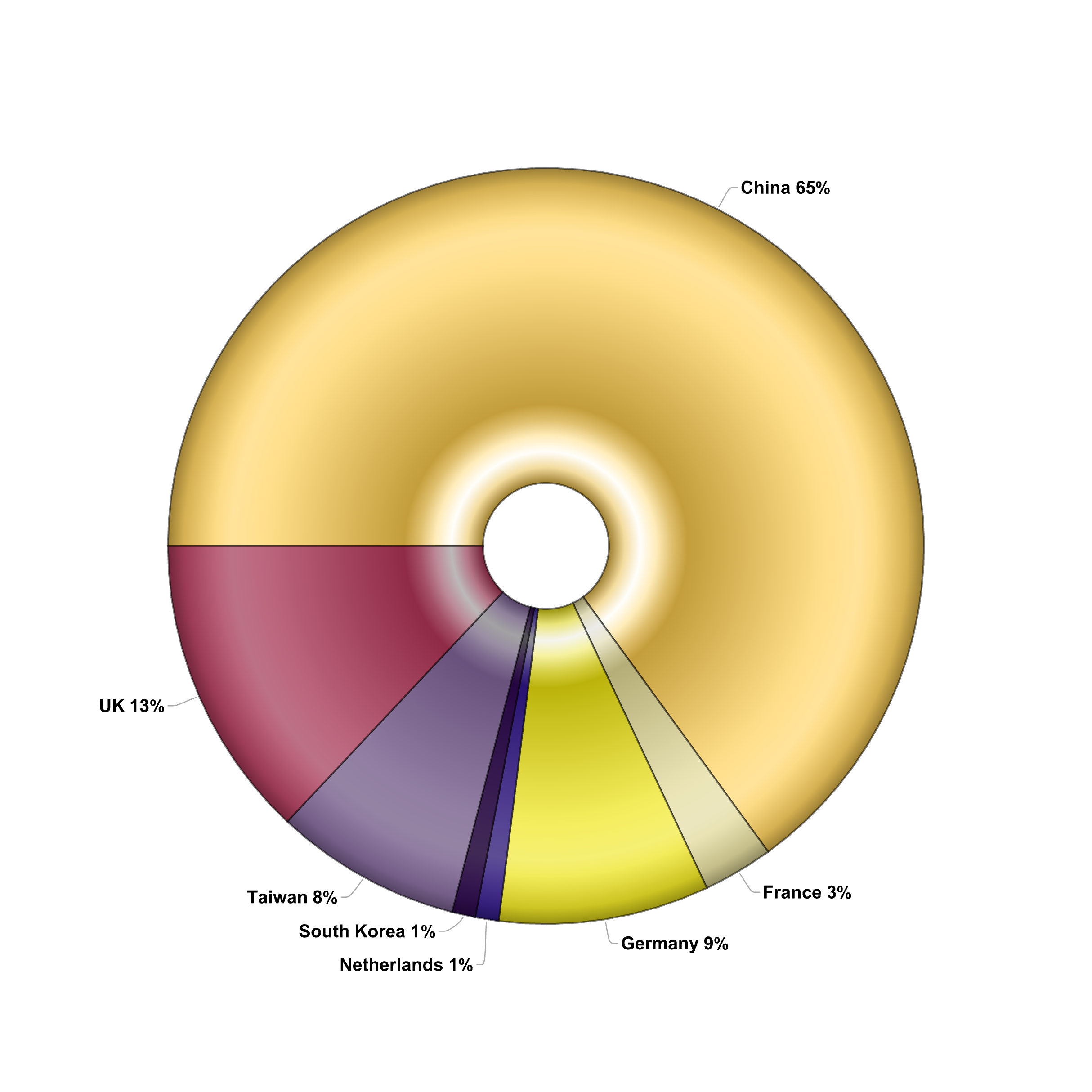Gigawatts more offshore wind: coming in 2025
This will blow the doors off your DeLorean.

That's 166,440 gigawatt-hours per year.
How much energy is that? 19 large-scale nuclear reactors.2 733 ChatGPTs for a year.3,4,8 Continuous full flux capacitor charges for 15.7 DeLorean time machines.6

The forecast is so widely-cited that it's probably definitive.
The pace of innovation in wind turbine technologies is very rapid. These "Hope" articles are meant to be short and digestible, so we don't have room here to discuss innovation too much, but you can expect to see the 19 gigawatts of offshore power include some next-generation turbine designs5 and advanced materials innovations that will make them more effective, more robust, and longer lived.
Still waiting for Mr. Fusion to make all this effort moot.6,7
About Hope
If you look at the top of this web page, you'll notice "HOPE", a menu item that takes you to a series of short articles about victories in the climate fight. This is one of those articles.
People don't have a lot of time. They are inundated with negative news about the environment. While these negative news stories can communicate the seriousness of the situation, they can also convince people to believe things are hopeless ... and they are not. So each little, digestible bit provides a peek into one tiny little thing that has gone right.
Don't think for a minute, though, that any of these issues are simple. Usually, a whole world of physics, chemistry, policy, and actions undergirds each of these stories. We encourage you to look more deeply, to investigate the references at the end of each article, to take advantage of each little positive window into a bigger, more complex situation.
See below for some reading suggestions.
Reading
- Rystad Energy. “Global Offshore Wind Poised for Landmark 19GW of Additions in 2025.” Accessed March 4, 2025. https://www.rystadenergy.com/news/global-offshore-wind-landmark-19gw.
- “How Many Wind Turbines Would It Take to Equal the Energy Output of One Typical Nuclear Reactor? | MIT Climate Portal.” Accessed March 4, 2025. https://climate.mit.edu/ask-mit/how-many-wind-turbines-would-it-take-equal-energy-output-one-typical-nuclear-reactor.
- Mehta, Sourabh. “How Much Energy Do LLMs Consume? Unveiling the Power Behind AI.” Association of Data Scientists (blog), July 3, 2024. https://adasci.org/how-much-energy-do-llms-consume-unveiling-the-power-behind-ai/.
- Todorović, Igor. “ChatGPT Consumes Enough Power in One Year to Charge over Three Million Electric Cars.” Balkan Green Energy News, September 4, 2024. https://balkangreenenergynews.com/chatgpt-consumes-enough-power-in-one-year-to-charge-over-three-million-electric-cars/.
- “The future of wind energy in 2025: Key trends and challenges ahead.” Accessed March 5, 2025. https://www.delfos.energy/es/blog-posts/the-future-of-wind-energy-in-2025.
- Back to the Future Trilogy | Every DeLorean Time Machine Scene, 2019. https://www.youtube.com/watch?v=zzHoWtI30NM.
- Density? Mr. Fusion? WTH? Better watch Back to the Future again if you aren't smiling at least a little at this point.
- We've gotta "hang a lantern" on the question of AI power consumption. We originally wanted to use a typical large-language model (LLM) as our example, but thousands of them are operating quietly all the time. More operate every day. We even have three right here running on a Mac mini in the basement. With so much variation in both size and visibility, "typical" might not be real useful as an example to help understand the amount of power we discuss in the article. So instead of using "average" or "typical" LLMs, we chose to use the power-consumption estimate for the most well-known LLM: ChatGPT. The Todorović article4 suggests a ChatGPT power consumption of 226.8 gigawatt-hours/year. It's by no means definitive, but it is often-cited. This happens to us all the time: the research to justify a single sentence in an article turns out to need an article of its own. It's like triffids mating: you touch one, and it spews seeds that float around all over the place. Who knows which ones will take root?
